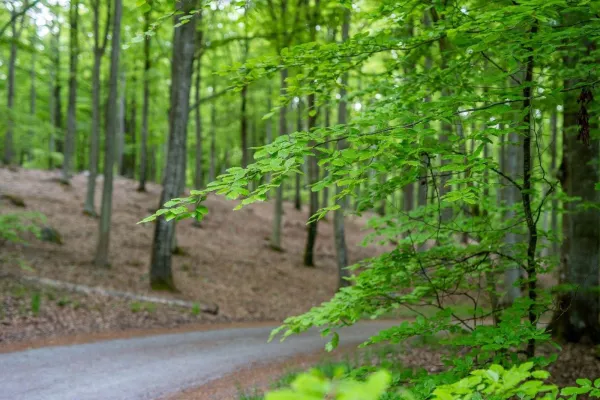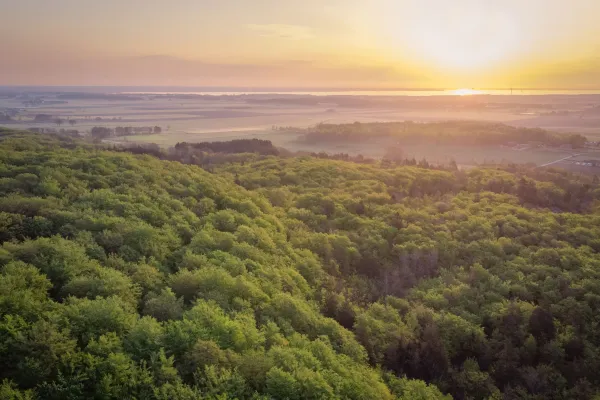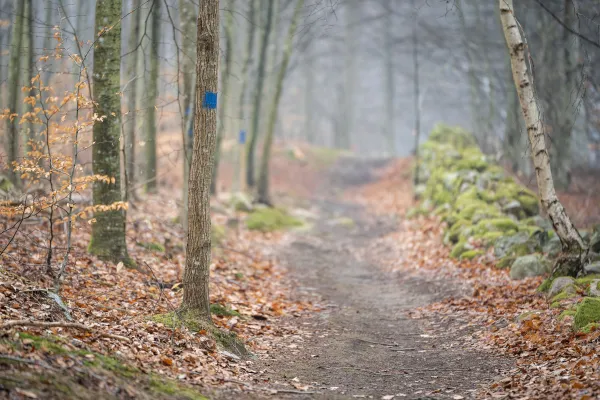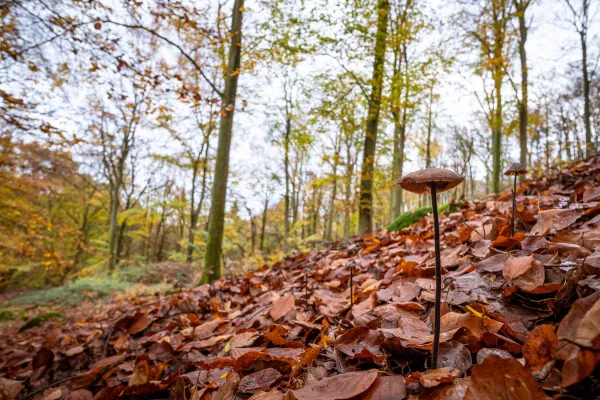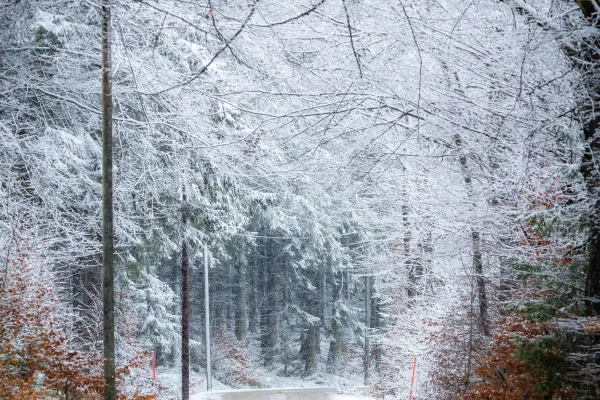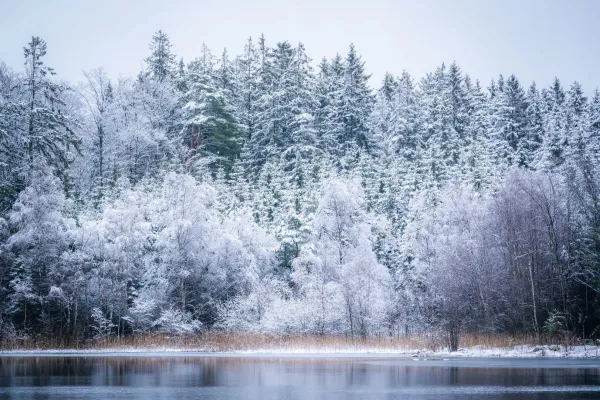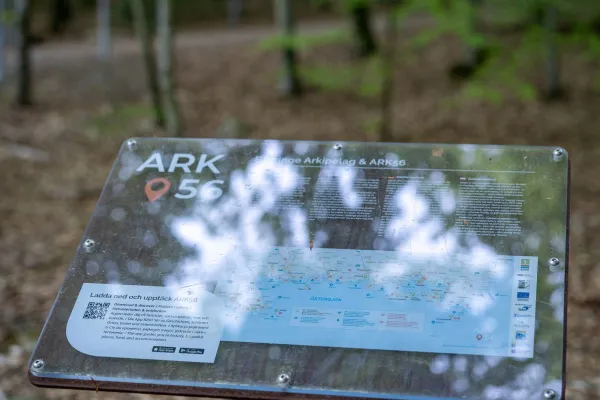Ryssberget Nature Reserve
- Sölvesborg
- +46 456-81 61 81
- visit@solvesborg.se
- Ryssberget - 294 38 - Sölvesborg
-
<% getFormattedDate(occasion) %> <% setPopoverDateLabel(occasion) %>
Nature reserve with great geological, historical and natural values. Follow signs from Tivoli Park in Sölvesborg.
Beskrivning
Ryssbergets Nature Reserve is located on the northern side of the E22 between exits 45 and 46. The Ryssbergsstugan parking lot is located approximately 900 meters after the exit from Blekingevägen to Ryssbergsvägen. The nature reserve can also be reached on foot or by bicycle. The distance from the city center is approximately 2.7 km via Harstigen from Hjortakroken. Approximately two kilometers west of the southern part of Ryssbergets is Siesjös Nature Reserve and adjacent to it Banvallsleden. There are no marked hiking and cycling trails between here, but on foot or by bicycle there is the possibility of moving between Ryssbergsvägen in the east and Ynde byväg in the west.On Ryssberget there is one of Sweden's largest continuous beech forest areas, which is a very important biotope for fauna and flora. An inventory of the area has shown that there are several unusual plants and lichens here. Vascular plants such as forked fern and black willow are found in the area, among others. There are also red-listed species of lichen in the area, including lungwort and book wart lichen. Through its varying availability of flora and fauna, Ryssberget is kept alive all year round. The changes between summer and autumn, especially the color changes of the trees, are very beautiful and create an attractive recreational environment for tourism and outdoor activities.
In addition to the nature reserve, Ryssberget extends further through the landscape in a northwesterly direction. Ryssbergsstugan is located approximately 1.7 km north of the parking lot via Ryssbergsvägen, or you can follow one of several trails from the parking lot. The Skåne/Blekingeleden trail from the parking lot is approximately 3 km and runs partly through the nature reserve. From here, you can choose to continue along the Blekingeleden trail north through the landscape. Approximately 7 km north of Ryssbergsstugan is the Ryssberget holiday village adjacent to Bjärarydsvägen. A number of additional trails start from the southern parking lot of Ryssberget, which are color-coded according to yellow, blue and white markings. The yellow trail is approximately 5.5 km, the blue 2.7 km and the white 2.7 km. These three trails enable mobility and accessibility for recreation within and outside the Ryssberget Nature Reserve. In addition to the trails, there are several other roads and paths in the area that are used for several different outdoor activities such as horse riding, cycling and running. The trails and the good access to alternative roads and paths mean that there is a large variety of alternative routes through the area.
Here you will find
Parking
Cycle trail Listerlandet, Vesan runt, Sydostleden, Blekingeleden, Skåneleden
Barbecue area, hiking trails, lookout point

